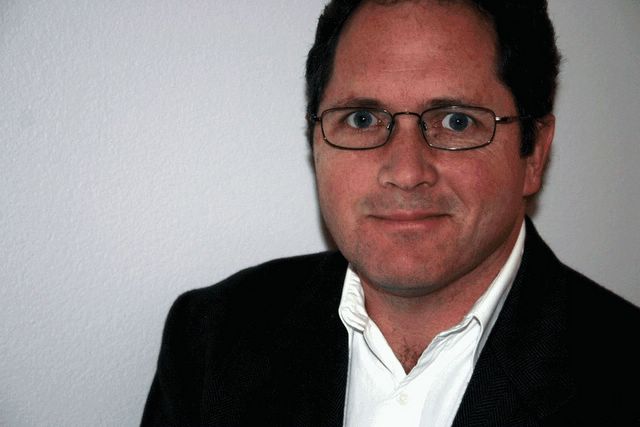 bacteria and viruses (Pathogen Detection Systems of Boulder, Colorado, has also licensed the technology).
bacteria and viruses (Pathogen Detection Systems of Boulder, Colorado, has also licensed the technology).I am not an obligatory cheerleader for technology, because I really do believe that in the U.S. we have spent far too much on healthcare without it producing the intended or necessary improvements in quality of life. Too frequently, "innovations" have just resulted in higher premiums for us all. However, when you consider the steady progression of materials technologies, nanotechnologies, cell/tissue engineering technologies, the development of drug/device hybrids and other technologies, it becomes difficult to imagine a clinical problem that isn't destined to be solved by medical technology. This may be wildly optimistic and ignore the lessons of history, but this sense of optimism is the driving force (that, and its associated commercial success!) behind the great diversity of medical technologies being pursued in different applications.

No comments:
Post a Comment